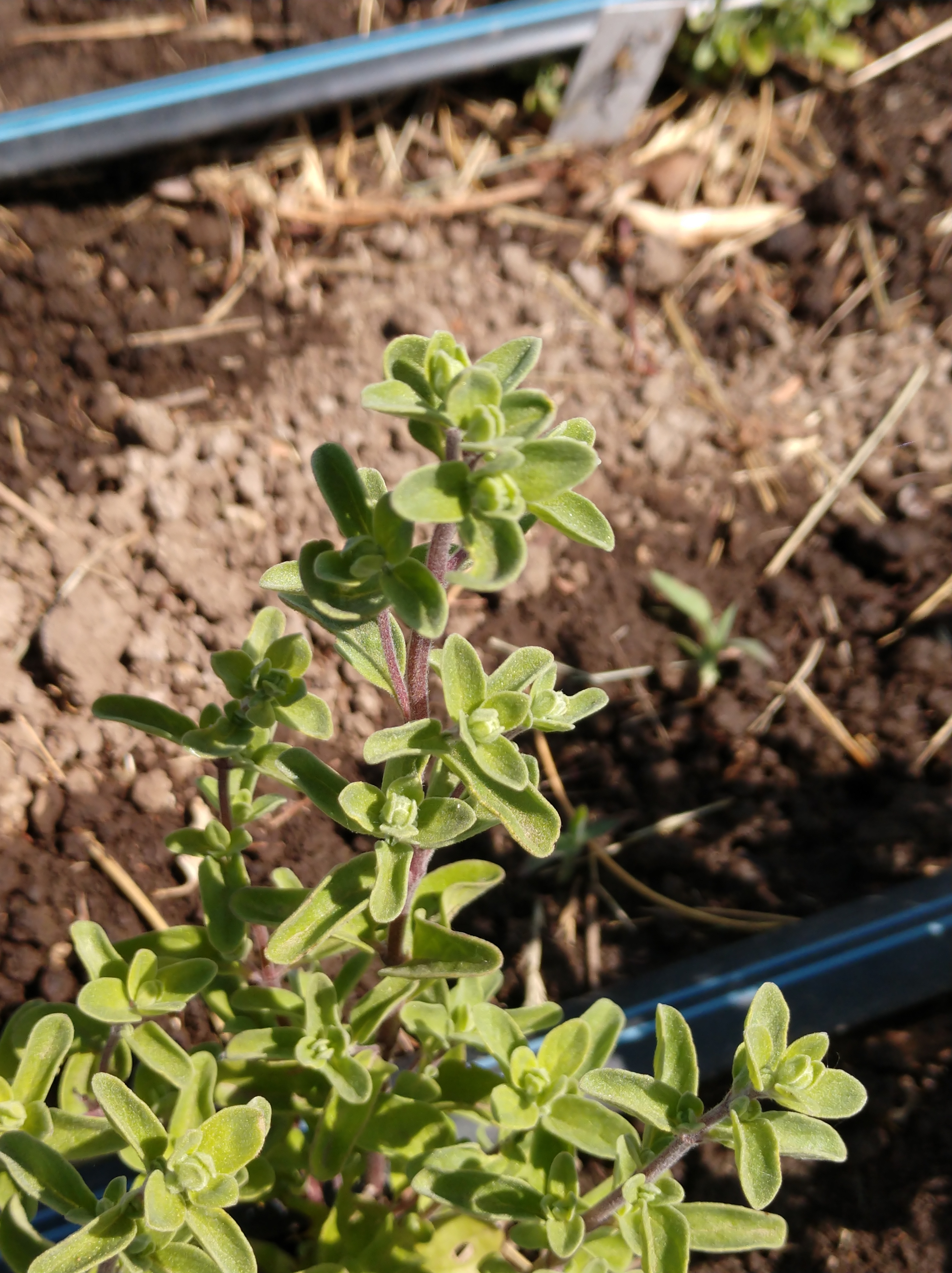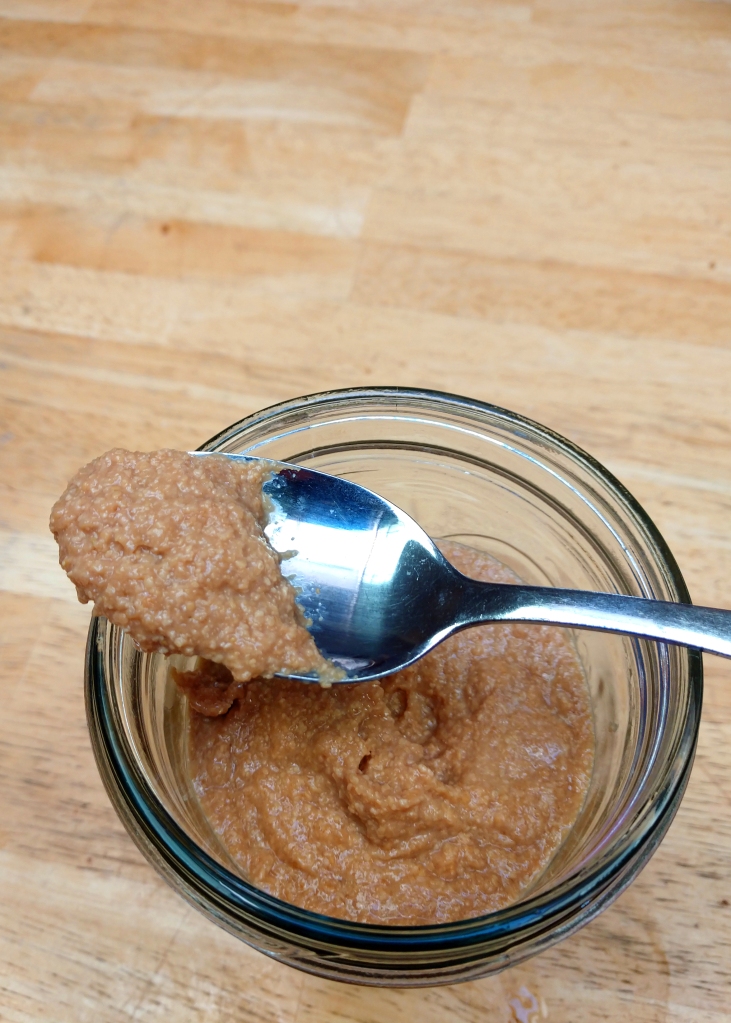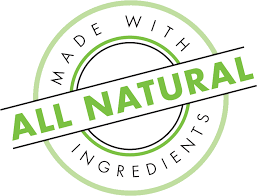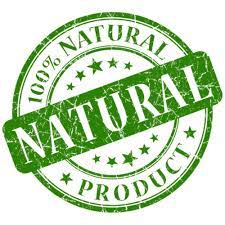Hey blog readers. It’s been a minute. As I’ve transitioned to writing an almost monthly newsletter since April of 2021, I’ve mostly stopped writing “update” style blog posts here (though fear not, I DO have a list of long form topics I still plan to cover here in the next year). I still regularly refer readers to this blog all the time (especially that DIY Homesteading tab at the top), and you can rest assured, this blog site is not going away. But changes are afoot.
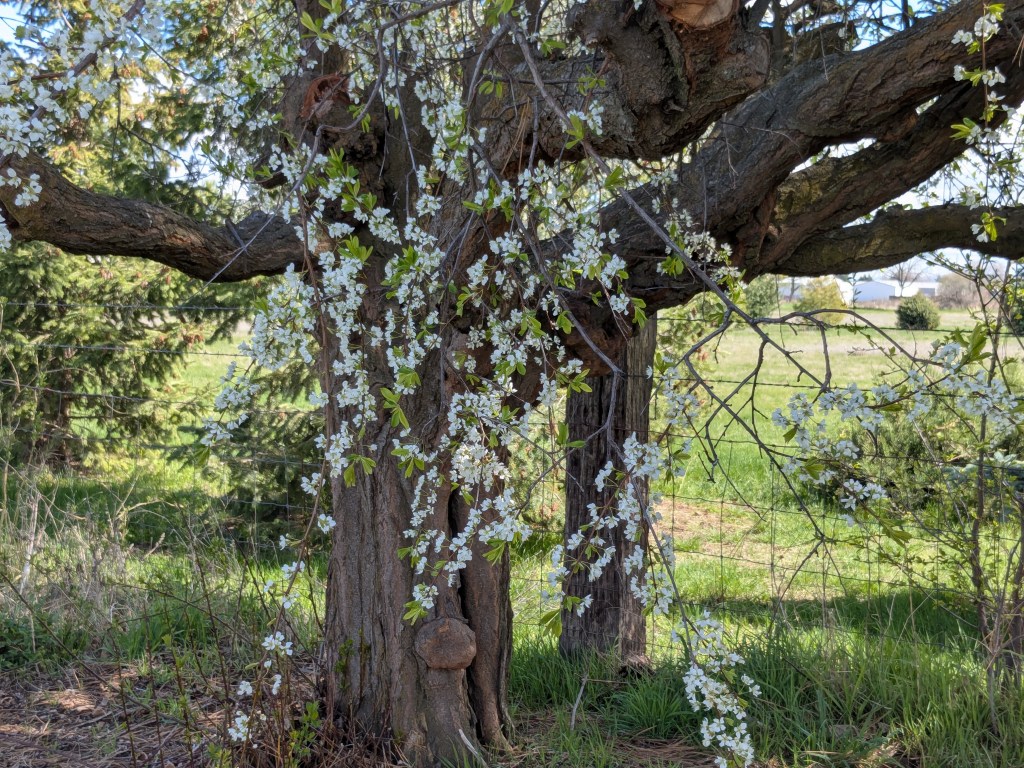
My life, like most, has been a series of right turns. Heading off to college. Moving from California to Colorado in my mid 20’s. Traveling in Mexico for 9 months on a very tiny budget, on a bike! Returning to college for a second degree (and then changing schools/locations twice before finishing up in Missoula Montana). Getting married. Moving to Arizona for a job. Moving BACK to Colorado (SW corner vs front range this time) for another job and because we most definitely did not want to stay in Arizona). Taking a job as an environmental educator for a non-profit. Taking a job working for the state fish and game office. Moving to north Spokane Washington. Starting a farm business. Moving to Walla Walla Washington and growing as a farm business.









